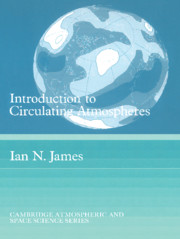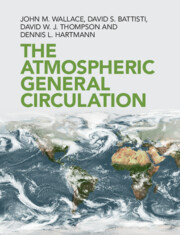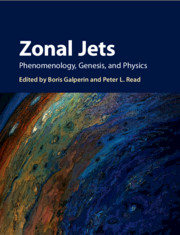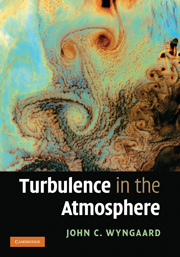Introduction to Circulating Atmospheres
This book gives an account of the modern view of the global circulation of the atmosphere. It brings the observed nature of the circulation together with theories and simple models of the mechanisms which drive it. Early chapters concentrate on the classical view of the global circulation, on the processes which generate atmospheric motions and on the dynamical constraints which modify them. Later chapters develop more recent themes including low frequency variability and the circulations of other planetary atmospheres. The book will be of interest to advanced students and researchers who wish for an introduction to the subject before engaging with the original scientific literature. The book is copiously illustrated, and includes many results of diagnostic and modelling studies. Each chapter includes a set of problems and bibliographical notes.
- Intended as an advanced university level text and based on successful course of lectures
- Extensively illustrated
- Problem sets and bibliographical notes for each chapter
Reviews & endorsements
' … recommended as an excellent successor and supplement to the traditional mathematical treatment of dynamical meteorology.' Weather
'In summary, this fine book is a must for everybody who wants to better understand the tricks of our circulating atmosphere.' Meteorologische Zeitschrift
'an authoritative, modern view of large-scale atmospheric circulations … eminently readable.' Quarterly Journal of the Royal Meteorological Society
' … this is a valuable new textbook in atmospheric dynamics … it is heartily recommended.' P. Haynes, Journal of Fluid Mechanics
Product details
October 1995Paperback
9780521429351
448 pages
246 × 189 × 23 mm
0.8kg
178 b/w illus. 66 exercises
Available
Table of Contents
- 1. The governing physical laws
- 2. Observing and modelling the global circulation
- 3. The atmospheric heat engine
- 4. The zonal mean meridional circulation
- 5. Transient disturbances in the mid-latitudes
- 6. Wave propagation and the steady eddies
- 7. Three dimensional aspects of the global circulation
- 8. Low frequency variability of the circulation
- 9. The stratosphere
- 10. Planetary atmospheres and other fluid systems.








